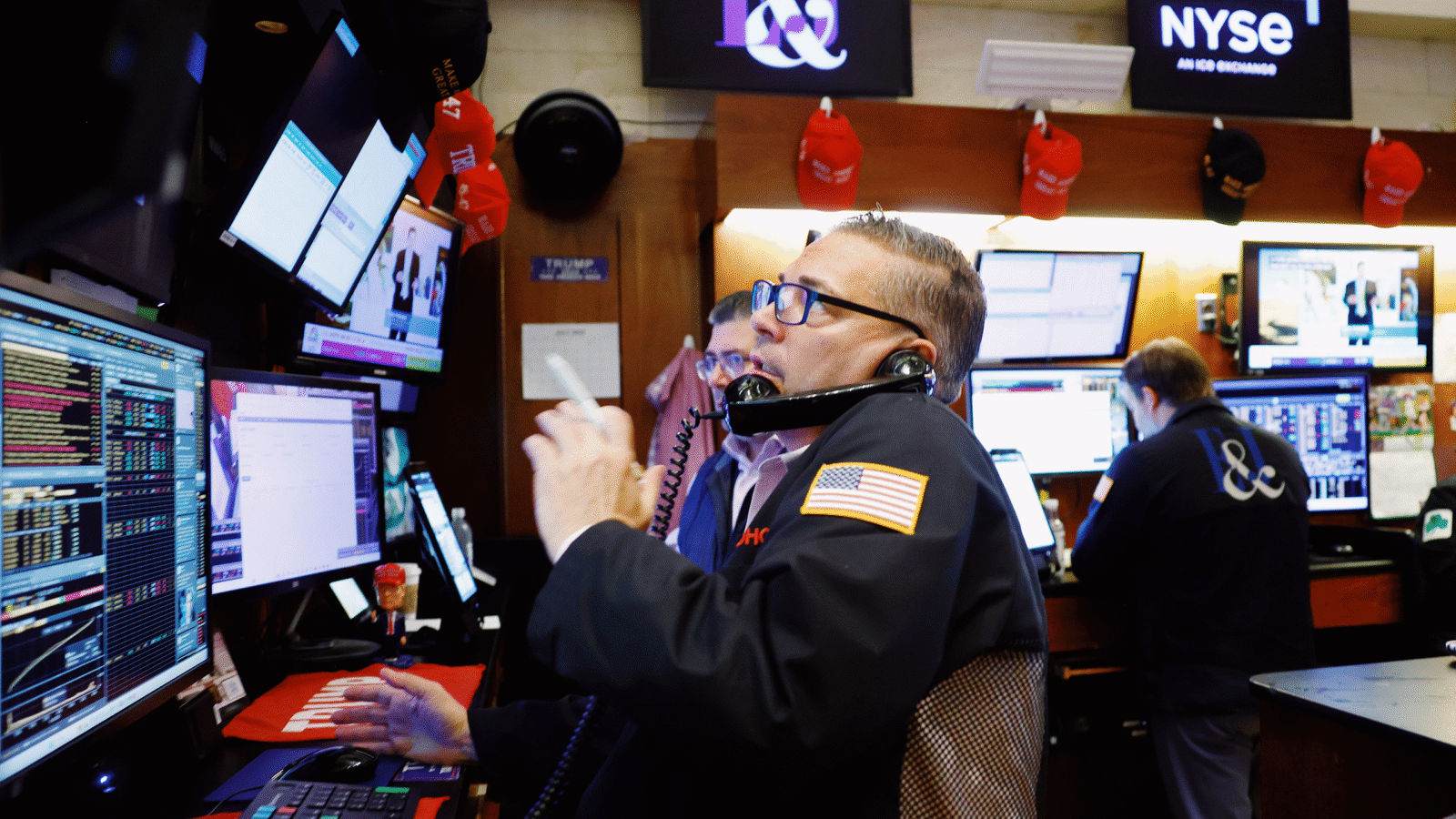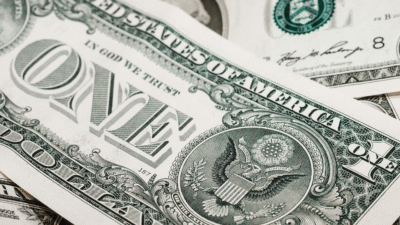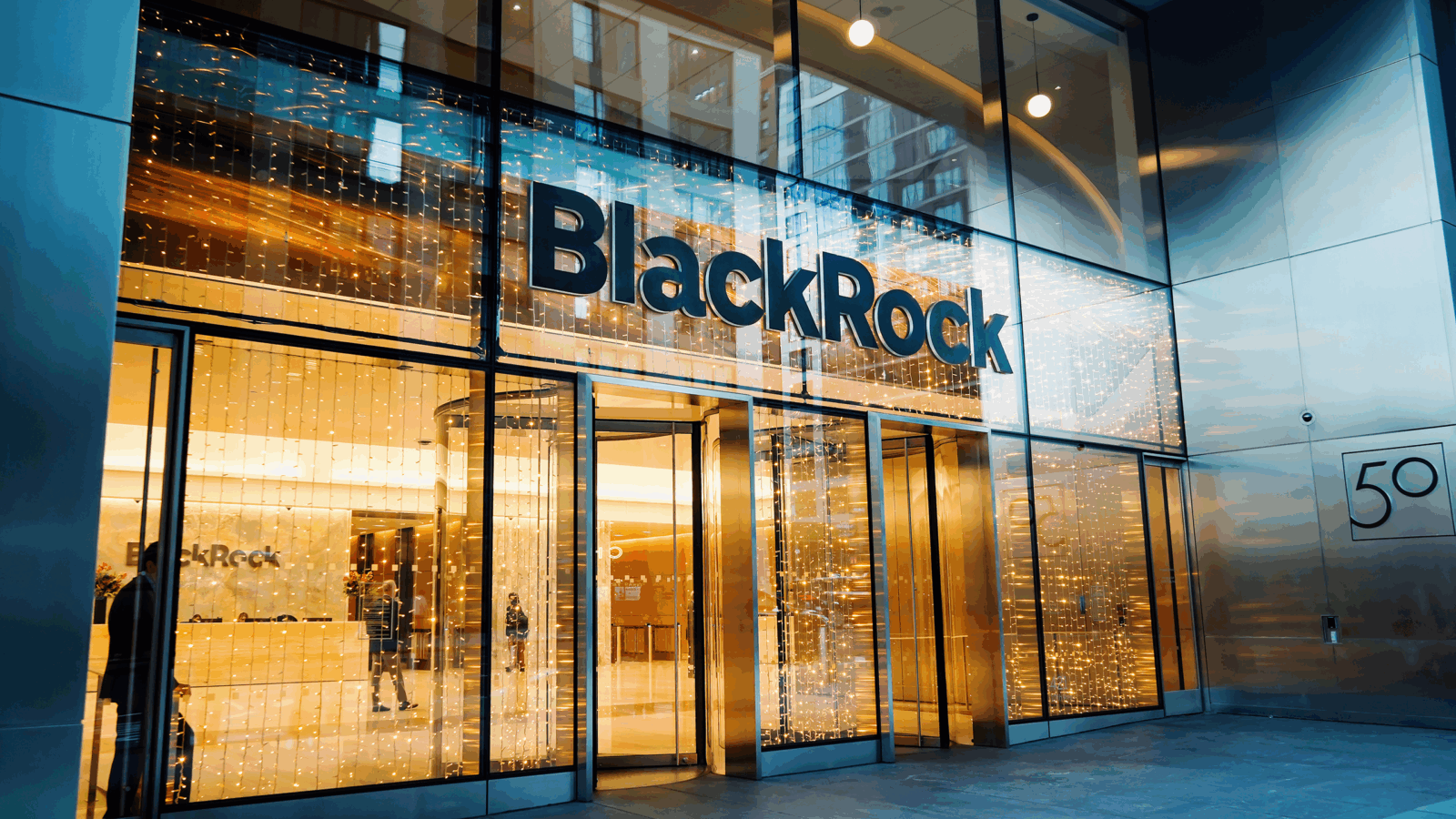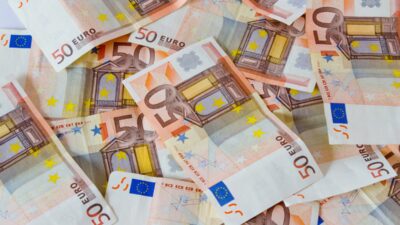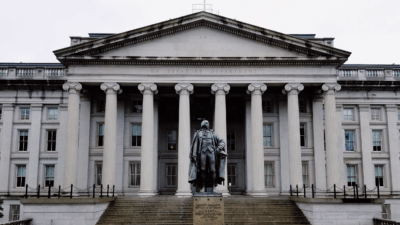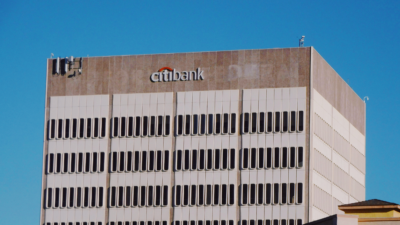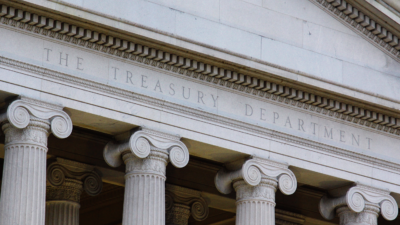Sign up for smart news, insights, and analysis on the biggest financial stories of the day.
You may be familiar with the term “zombie” company, or a business that doesn’t have enough cash flow to pay its interest expense.
During the pandemic, there has been a growing number of what we’ll dub “super zombie” companies, or those with negative EBITDA (a proxy for operating cash flow before interest expense).
According to Bloomberg, the number of companies with junk-rated debt coupled with negative EBITDA reached a staggering 47 in the third quarter. That’s nearly double the level seen in the second quarter out of a universe of 600 junk-rated borrowers.
Unsurprisingly, many of these “super-zombies” operate in the airline, cruise line, and hospitality industries.
So How Do They Survive? Simply put, by the good graces of others.
- While some companies had enough cash on the balance sheet to survive the pandemic, others have taken advantage of record low interest rates ensured by massive Federal Reserve bond-buying programs.
- Investors hungry for yield, with very few places to turn, have been willing to turn a blind eye to profitability in exchange for higher yields.
All told, zombie companies have added nearly $1 trillion of debt to their balance sheets during the pandemic.
Why It Matters: Borrowing to pay your bills can’t last forever, and many investors are betting on a swift recovery in the post-pandemic world. Here’s hoping for its quick arrival.
